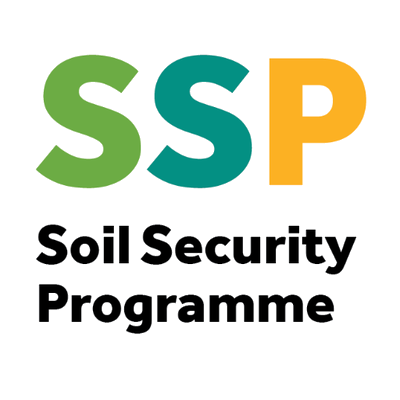Earthworm field data from the NERC-BBSRC-Defra-Scottish Government Soil security programme project SoilBioHedge - Harnessing hedgerow soil biodiversity for restoration of arable soil quality and resilience to climatic extremes and land use changes
 A collection of spatially resolved earthworm related datasets generated during the SoilBioHedge project which was funded under the NERC-BBSRC-Defra-Scottish Government funded Soil Security Programme.
A collection of spatially resolved earthworm related datasets generated during the SoilBioHedge project which was funded under the NERC-BBSRC-Defra-Scottish Government funded Soil Security Programme. SoilBioHedge (Harnessing hedgerow soil biodiversity for restoration of arable soil quality and resilience to climatic extremes and land use changes) addressed the central problem for soil security: continuous conventional arable cultivation depletes soil organic matter, degrades soil structure, reduces water drainage and water holding capacity, and increases the susceptibility of soil and crops to the impacts of climatic stress through decreased resilience to flood and drought conditions.
We tested our central hypothesis: grass-clover leys sown into arable fields and connected to hedgerows and unploughed grassy margins enable key ecosystem-engineers (earthworms and mycorrhizal fungi) to recolonize the fields, restoring and improving soil quality compared to leys unconnected to field margins. One set of measures we made was the biomass and diversity of earthworm species at spatially resolved distances from field boundaries. We also recorded soil moisture content, temperature and bulk density at the same locations.
This collection contains these resources
publishedDataset
Soil moisture, temperature and bulk density and earthworm abundance and biomass along transects from hedges into arable fields, pasture fields, ley strips established in arable fields and arable strips established in pasture fields at a farm in West Yorkshire, England (2015-2017)
publishedDataset
Soil moisture, temperature and bulk density and earthworm abundance and biomass along transects in arable fields and ley strips in farms in North Yorkshire, England (2016)

